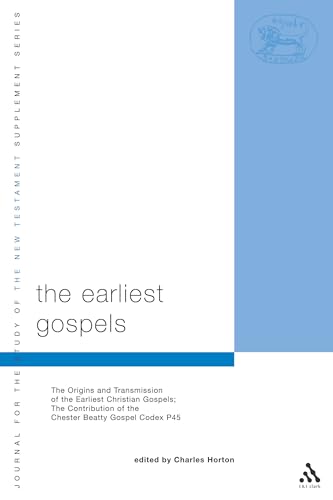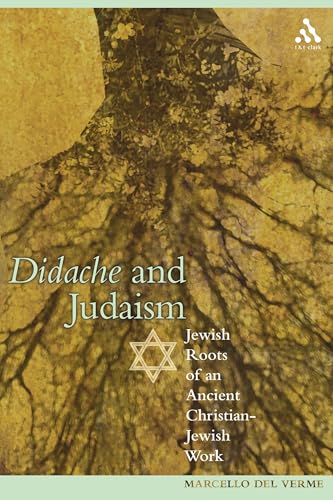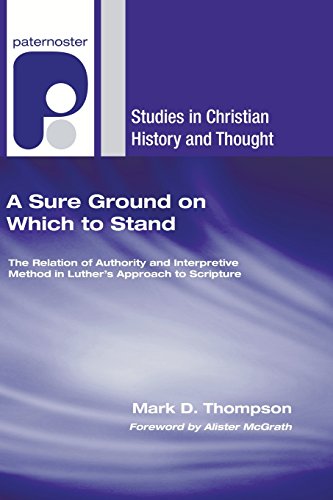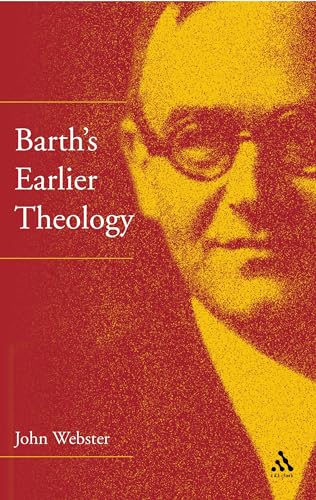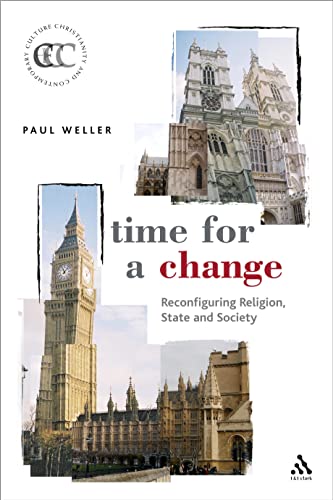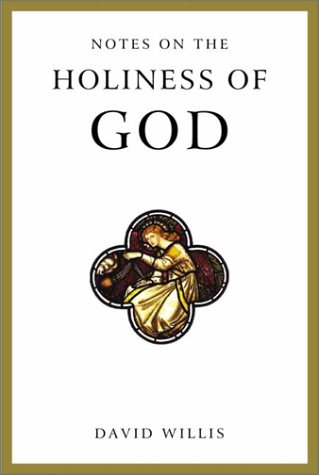The Earliest Gospels: The Origins And Transmission Of The Earliest Christian Gospels—The Contribution Of The Chester Beatty Gospel Codex P45 JSNTSS 258
Written by Charles Horton Reviewed By P. J. WilliamsThis collection of essays stems from a conference in Dublin in December 2000. It consists of seven pieces considering various aspects of gospels in antiquity and four particularly considering P45—a third-century manuscript of the four Gospels. In the opening essay, ‘Early Christian Imagination and the Gospels’, Sean Freyne considers the genre of the Gospels and the variety of previous literary patterns that could be adapted to the evangelists’ creativity. ‘The Four Gospels and the One Gospel of Jesus Christ’, by Martin Hengel is a useful distillation of his book bearing the same title. In ‘Literacy, Liturgy, and the Shaping of the New Testament Canon’, Harry Gamble argues that there is a paradox in early Christianity between the ‘bookishness’ of the religion and the rather limited literacy of the Christian congregations, but that oral and literate cultures intersected at the point of Christian liturgy. Graham Stanton in ‘Early Christian Preference for the Codex’, maintains that the evidence does not suggest that Christians were responsible for the invention of the codex. In ‘The Diatessaron and the Fourfold Gospel’, William L. Petersen focuses on two passages that suggest that extra-canonical traditions were incorporated into the Diatessaron. This, he argues, must either mean that the Diatessaron involved material from more than the four gospels, or that the text of the four gospels was fluid enough to have contained this material. James Robinson in ‘The Nag Hammadi Gospels and the Fourfold Gospel’, argues that the application of the term ‘gospel’ to The Gospel of Truth, The Gospel of Philip and The Gospel of the Egyptians is inappropriate, whereas it is appropriate for The Gospel of Thomas. ‘The Latin Gospels, with Special Reference to Irish Tradition’ by Martin McNamara is a useful introduction to the Irish Gospel tradition, or indeed to the Latin Gospel tradition in general. Barbara Aland in ‘The Significance of the Chester Beatty Biblical Papyri in Early Church History’ (the word ‘Biblical’ is found in the title in the contents page, but is lacking on the essay itself), considers attitudes to textual transmission in the early Church and asks how the communities which commissioned early papyrus manuscripts might have viewed their errors. In ‘Singular Readings in the Gospel Text of P45’ J. Keith Elliott considers ‘singular’ and ‘subsingular’ readings, but also discusses the meaning of these terms. No readings should be dismissed as aberrant simply because they fall into one of these categories. Larry W. Hurtado, ‘P45 and the Textual History of the Gospel of Mark’, focuses on scholarship since Westcott and Hort and especially on the concept of the ‘Caesarean’ text. He observes how P45 seemed at first to give support to this concept, but then led to its undermining. Finally, Charles Horton, ‘The Chester Beatty Biblical Papyri: A Find of the Greatest Importance’, surveys the history of the discovery and acquisition of these papyri, and brings together a number of sources to highlight various personal details about Beatty, his financial position and his method of acquiring manuscripts.
This is a worthwhile collection, useful also because in it authors such as Hengel, Gamble, Stanton and Petersen summarize in a single article arguments that they have laid out at much greater length.
P. J. Williams
University of Aberdeen


